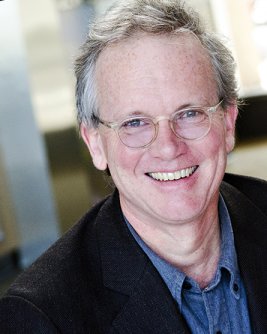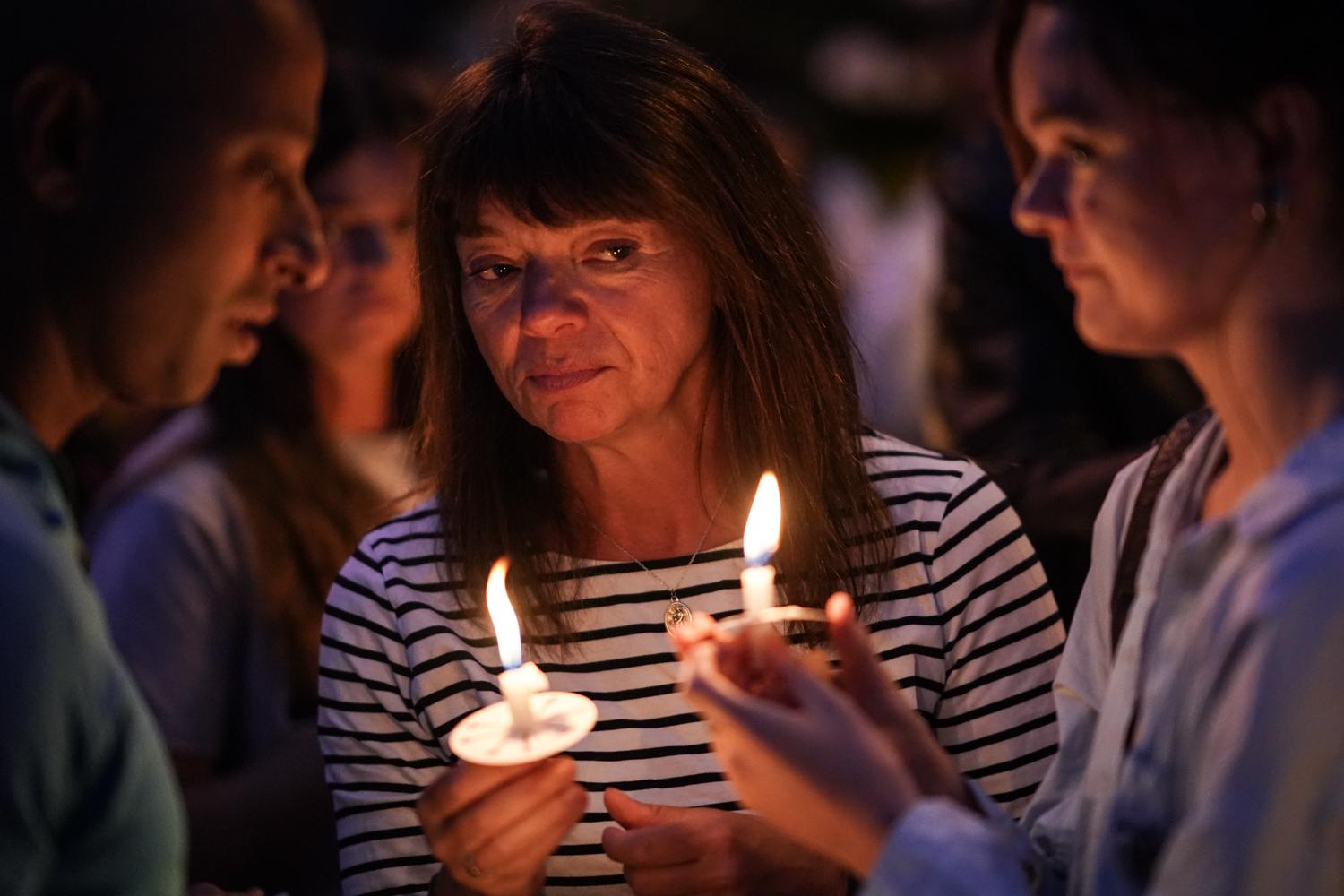
Between 1970 and 2001, the area averaged one, magnitude-3 earthquake every two years.
But since 2001, that rate has jumped to 8 per year.
The city has felt seven smaller quake this month alone, and in August 2011, the city experienced what was called the largest natural quake in Colorado in the last century, registering about 5.3.
Justin Rubinstein, a geophysicist at the USGS, says the increase appears to be related to pumping waste-water back into the ground during oil and gas drilling.
"So what we think is happening at least for some of these earthquakes is these fluids more or less are acting as a lubricant on faults in the area making earthquakes more likely," Rubinstein said.
But, Rubinstein added, waste-water injection is done at some 35,000 wells across the country, and only a handful seem to be leading to an increasing number of earthquakes.
And, of the 20 -30 wells in the Trinidad area, only a couple seem to be related to the earthquakes being felt there.
"If we’re able to understand which wells are going to cause earthquakes and which are not, this is very useful for people in the oil industry such that they can develop safe injection practices," he said.
The USGS report on what may be going on around Trinidad is due out in six to nine months.









